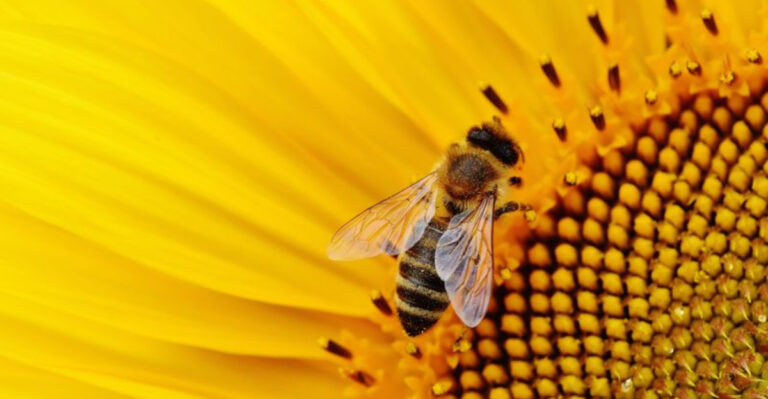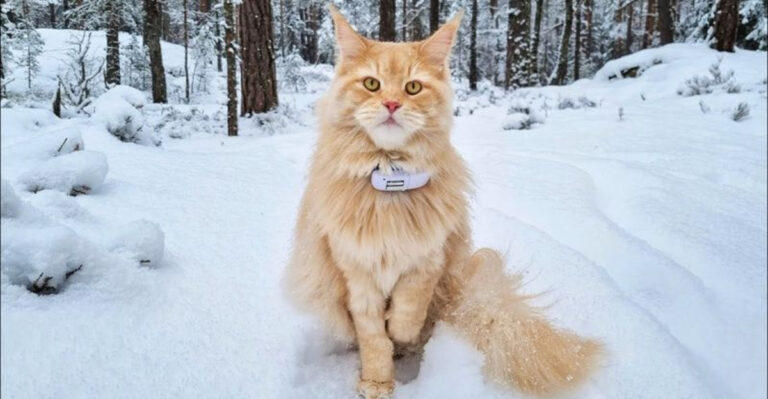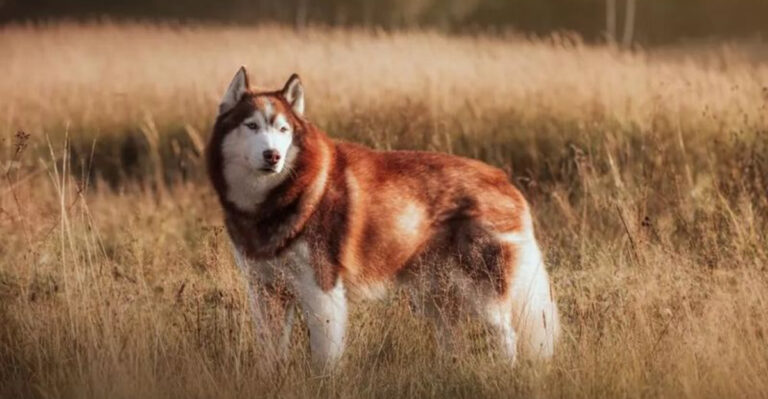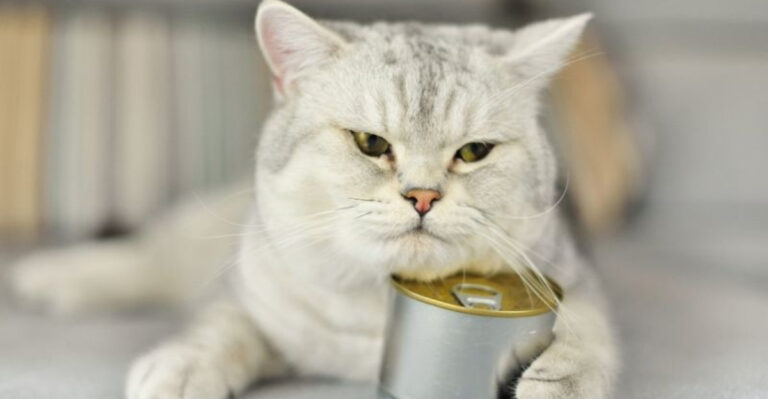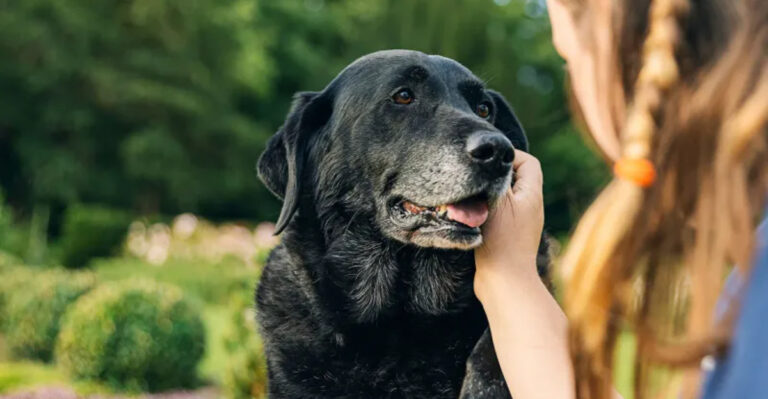8 Incredible Ways Prairie Dogs Communicate (And 8 Fascinating Facts You Didn’t Know)

Prairie dogs are fascinating creatures, often surprising those who take the time to learn about them.
Beyond their adorable appearance, these small mammals hold a world of intrigue in their communication methods and unique lifestyle.
Ever thought of how these critters chat with their pals? Or what makes them tick?
1. Chirp Alerts

Prairie dogs use a series of chirps to alert their community to approaching predators. This sophisticated alarm system changes tone based on the threat’s nature and speed. Imagine a tiny guard always on duty!
This unique form of communication ensures that other prairie dogs have time to react. Whether it’s a snake or a hawk, the chirp’s tone gives clues about the danger.
These vocal warnings are crucial to prairie dogs’ survival, showcasing their incredible adaptability and intelligence.
2. Jump-Yip
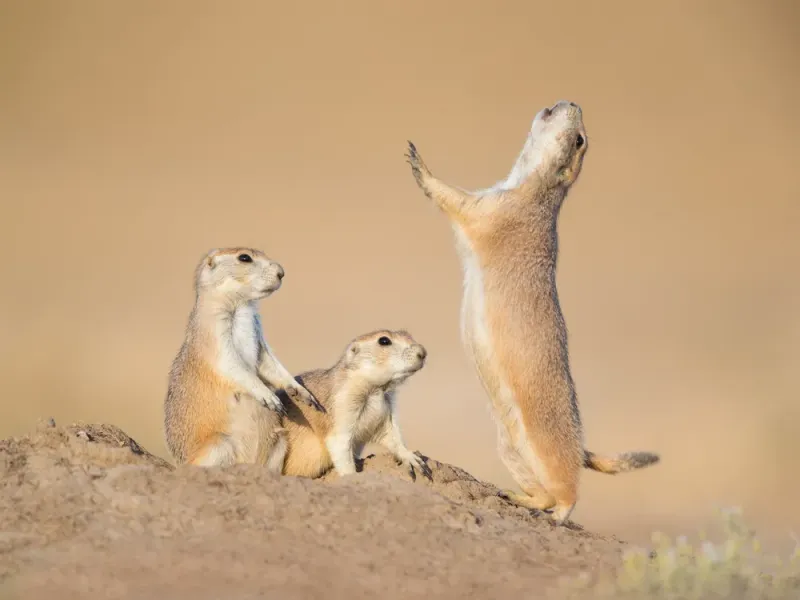
The jump-yip is a contagious wave-like motion that sweeps through prairie dog colonies. One prairie dog starts the motion by standing on its hind legs and yipping, prompting the others to join.
This action isn’t just for fun; it reinforces social bonds among colony members. The jump-yip indicates that the coast is clear and there’s no immediate danger.
It’s a fascinating display of unity and communication, reflecting the social nature of prairie dogs. Who knew a simple jump could mean so much?
3. Kissing Rituals
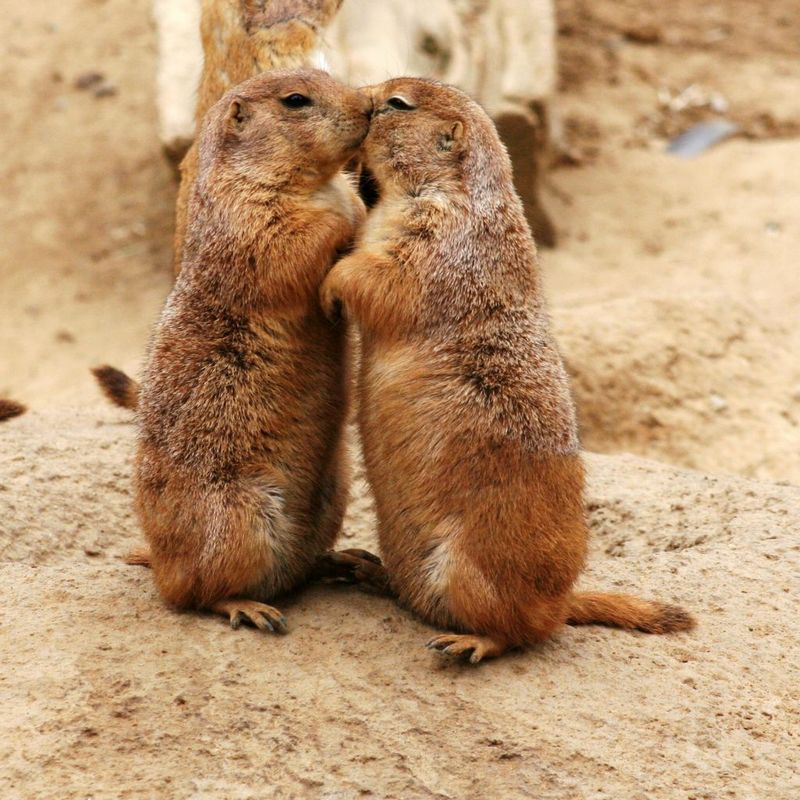
Prairie dogs engage in a charming behavior that resembles kissing. They touch their front teeth together, a gesture that helps them recognize family members and strengthen bonds.
This ritual is a way for them to say, “Hey, you’re one of us!” It plays a vital role in maintaining the social structure of their communities.
Beyond its cuteness, the kissing ritual is a form of communication that keeps harmony within the colony. It’s a sweet symbol of their interconnected lives.
4. Scent Marking

Using scent glands located near their mouths, prairie dogs mark their territory by rubbing against objects. This behavior communicates ownership and keeps intruders at bay.
Scent marking is a form of non-verbal communication that plays a significant role in prairie dog society. It helps maintain harmony by clearly defining boundaries.
In the world of prairie dogs, scent speaks volumes, acting as a silent yet powerful language among them. It’s their way of saying, “This is home!”
5. Tail Wagging
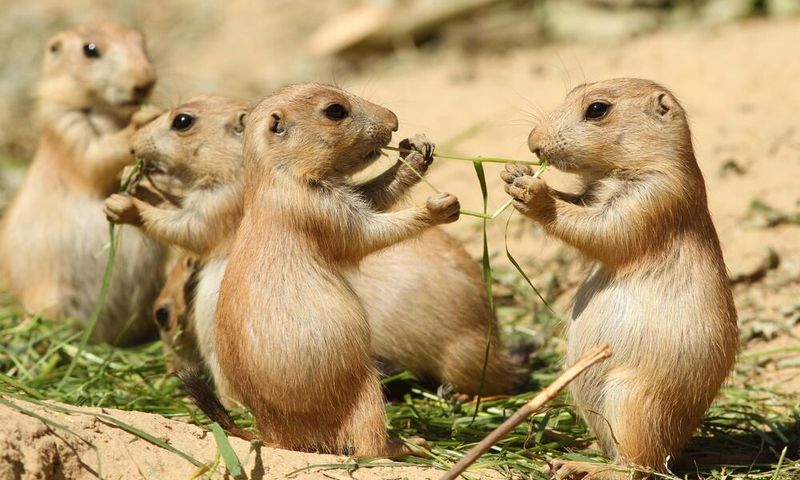
Tail wagging in prairie dogs can mean different things depending on the context. Often seen when they are excited or agitated, this gesture adds another layer to their communication.
It serves as a visual signal to other prairie dogs, complementing their vocal calls. Tail wagging can indicate a range of emotions, from excitement to a warning.
This dynamic form of expression showcases the complexity of prairie dog interactions, proving that even their tails have something to say!
6. Barking Calls
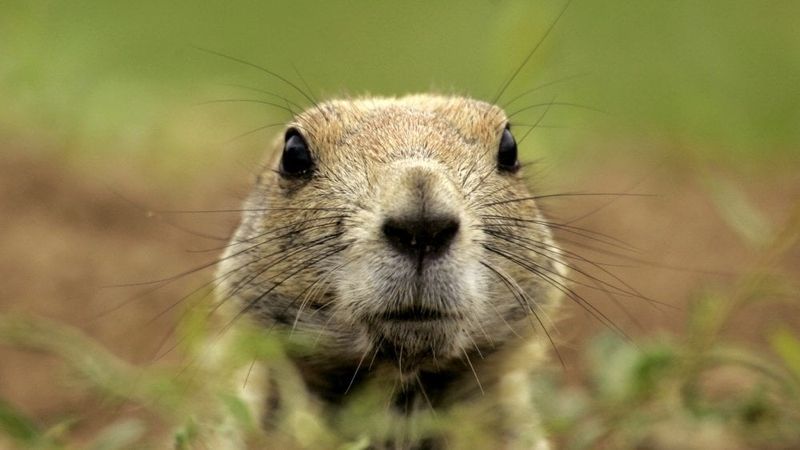
Prairie dogs are famous for their barking calls, which can be heard across their colonies. Each bark carries a different meaning, from signaling danger to calling a mate.
These vocalizations are essential for maintaining social cohesion and ensuring survival. Barking isn’t just noise; it’s an intricate language full of nuances.
In the bustling community of prairie dogs, their barking calls are a lifeline, a constant reminder of their vibrant social structure.
7. Complex Vocalization
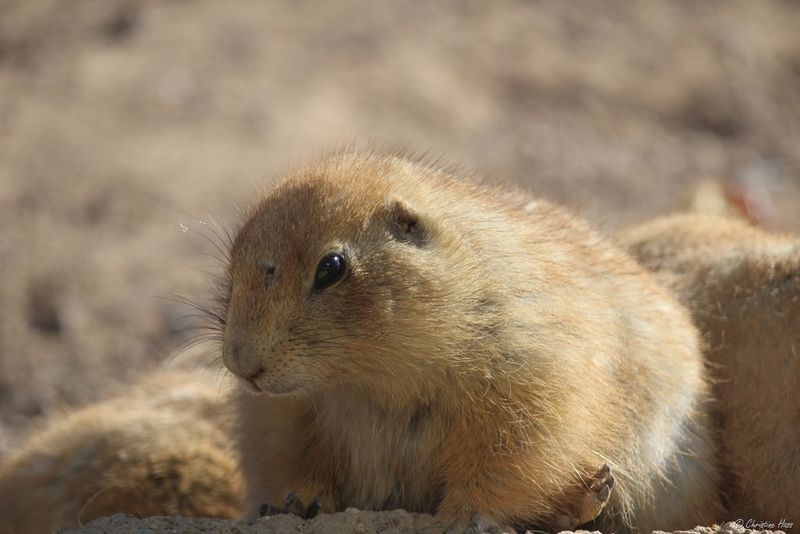
Prairie dogs have a surprisingly complex vocal system. Their calls consist of different pitches and patterns, forming a language rich in meaning.
This complexity allows them to convey detailed information, like the type and speed of an approaching predator. It’s like having a built-in survival guide!
Their vocal communications reflect a high level of intelligence and social interaction, turning their colonies into buzzing centers of information exchange.
8. Body Language
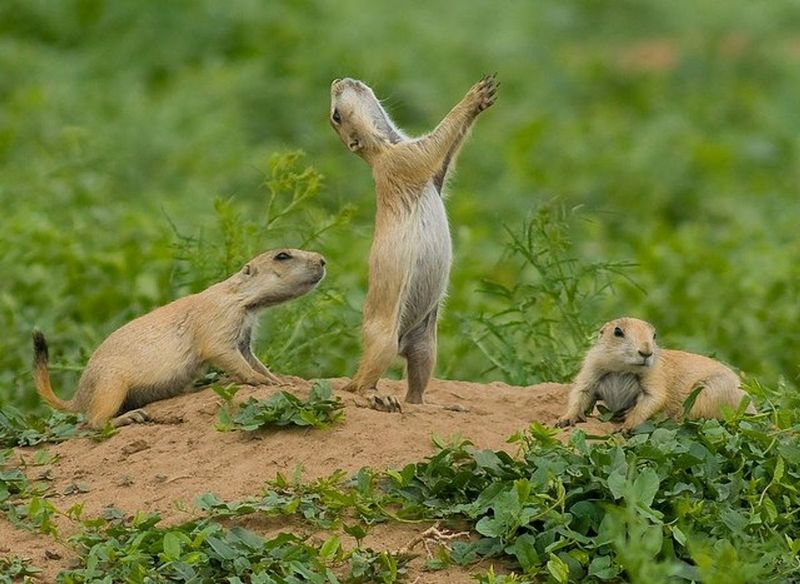
Prairie dogs rely heavily on body language to communicate with each other. From standing tall to crouching low, these gestures convey various messages.
Body language is crucial for interpreting the intentions and emotions of fellow prairie dogs. It’s like reading an open book of prairie dog society!
9. Prairie Dogs’ Diet
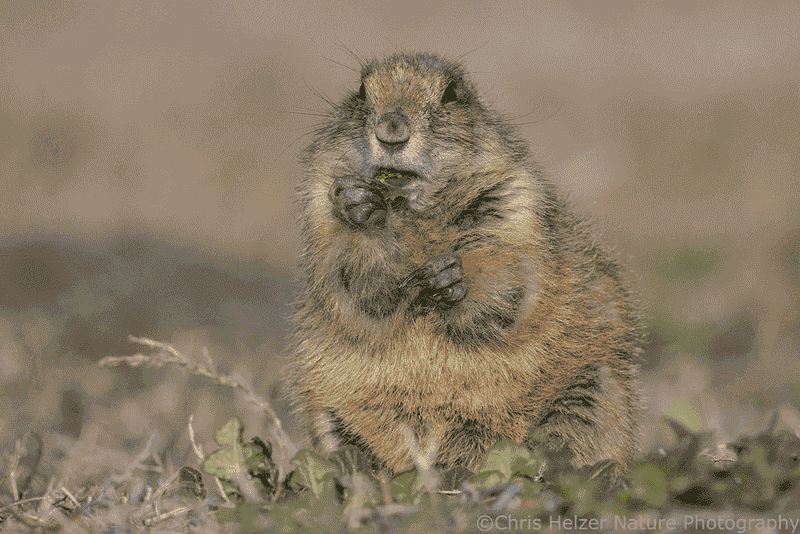
Did you know prairie dogs are primarily herbivores, feasting on grasses, seeds, and wildflowers? Their diet not only sustains them but also shapes their ecosystem.
By keeping vegetation in check, they help maintain the balance of their habitat. It’s like they’re nature’s little gardeners, quietly working to keep everything in order.
This aspect of their lifestyle is vital for the prairie environment, making it a key fact that underscores their role in the wild.
10. Prairie Dog Towns
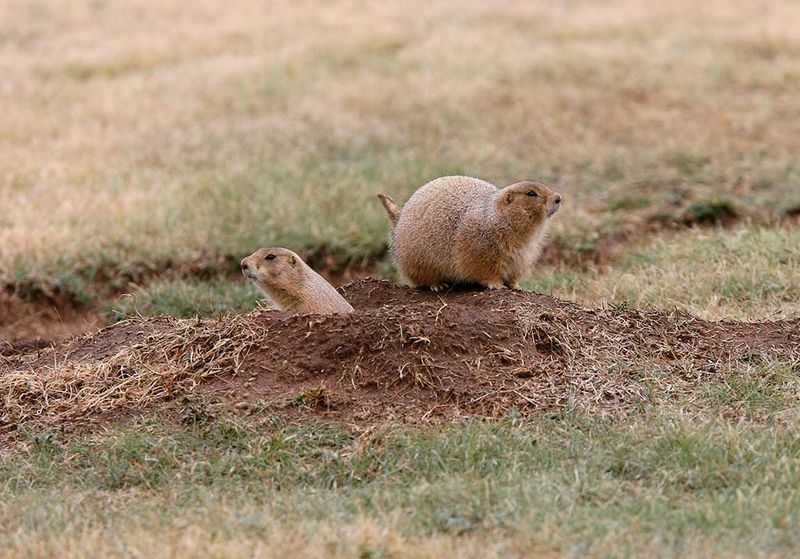
Prairie dogs live in large colonies known as “towns.” These complex communities are characterized by intricate tunnels and burrows.
Each “town” is a bustling hub of activity, where social interaction thrives. These towns serve as both homes and fortresses, offering protection and camaraderie.
The structure of prairie dog towns is a testament to their social nature, reflecting a lifestyle deeply rooted in cooperation and mutual support.
11. Prairie Dog Predators
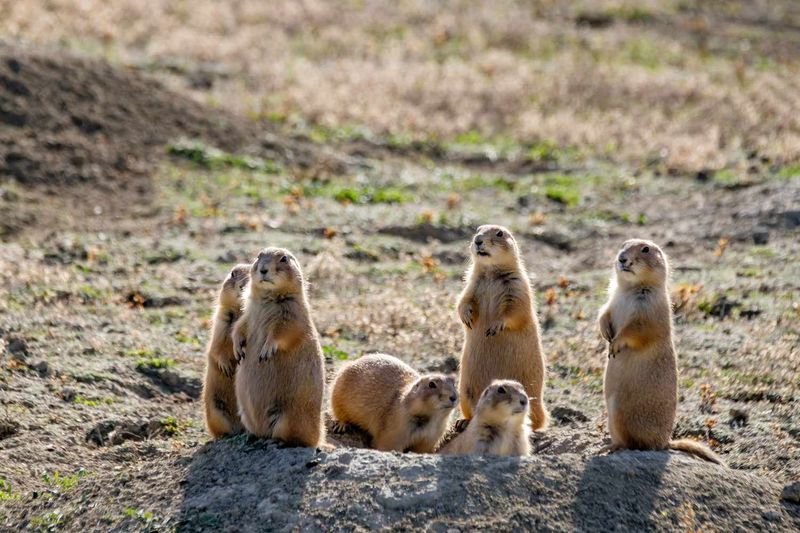
Prairie dogs face numerous predators, including hawks, coyotes, and snakes. Their alert nature and communication skills are critical for survival.
They rely on their keen senses and community awareness to detect predators, showcasing the importance of teamwork.
The presence of predators shapes their behavior and communication, turning their environment into a constant game of survival.
12. Social Structure

The social structure of prairie dogs is intricate and fascinating. These animals live in family units called “coteries,” consisting of one male, several females, and their offspring.
Each coterie functions as a close-knit family, maintaining strong social bonds. This structure supports cooperation and collective defense.
Prairie dogs’ social organization is a key factor in their survival, illustrating their complex community dynamics and adaptability.
13. Prairie Dog Communication Research
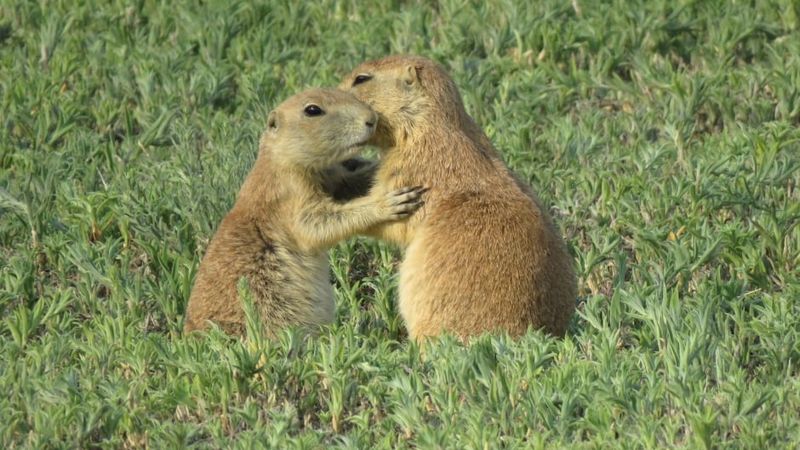
Research into prairie dog communication has revealed astonishing findings. Scientists have discovered that their vocalizations contain detailed information about predators.
Studies suggest that prairie dogs possess one of the most sophisticated animal languages ever decoded. It’s like they have their own secret code!
14. Prairie Dogs And Ecosystem
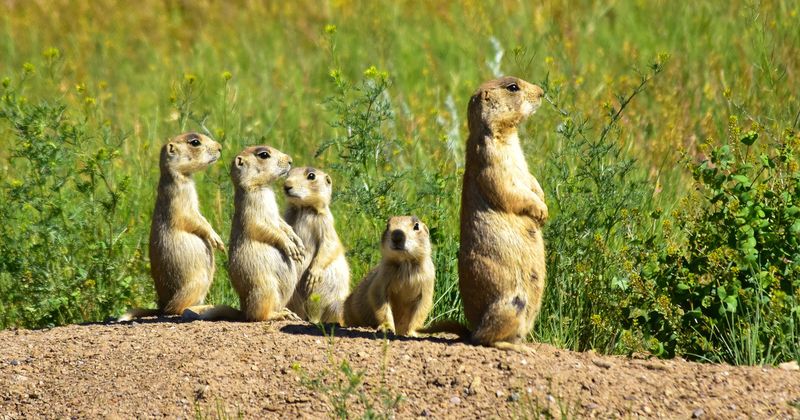
Prairie dogs play a crucial role in their ecosystem. By digging burrows, they aerate the soil, promoting plant growth and providing homes for other species.
Their presence supports biodiversity, as they create habitats for insects, birds, and other animals. It’s like they’re the landlords of the prairie!
15. Prairie Dog Conservation
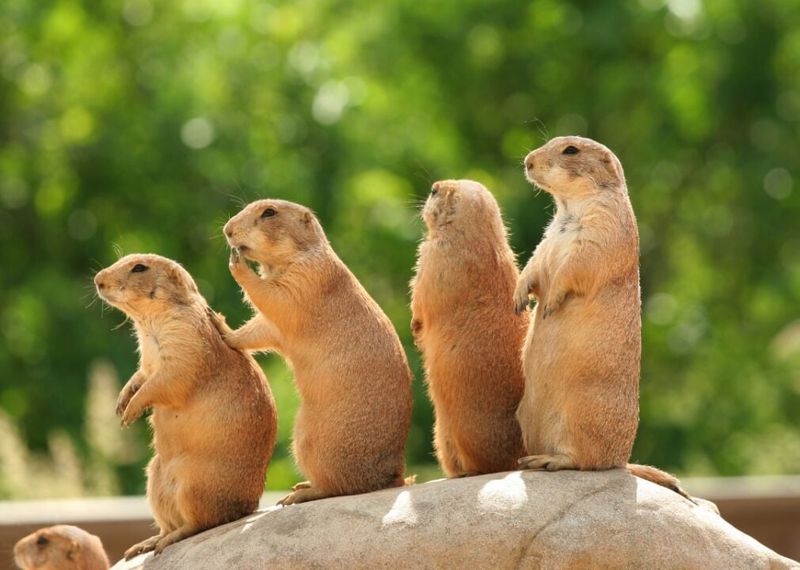
Prairie dogs face threats from habitat loss and disease, making conservation efforts vital. Organizations work tirelessly to protect their habitats and ensure their survival.
Conservation initiatives focus on land management, disease control, and public awareness to safeguard these charming creatures. It’s a joint effort to give prairie dogs a fighting chance.
16. Fun Fact: Name Origin
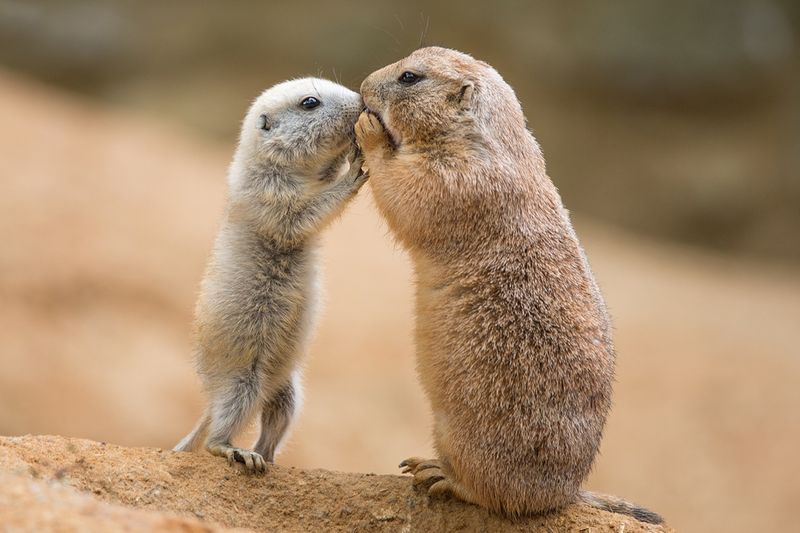
Ever wondered why they’re called prairie dogs? Despite their name, these animals aren’t canines. Early settlers thought their barking sounds resembled those of dogs, leading to the unusual name.
This quirky fact adds charm to their identity, a reminder of the whimsical ways language evolves.

